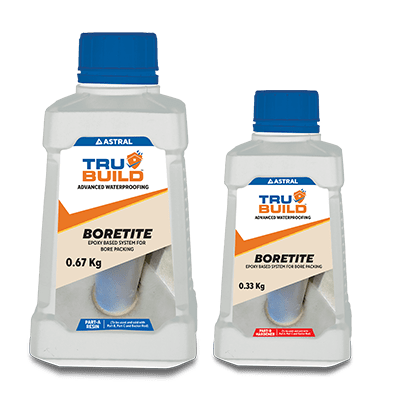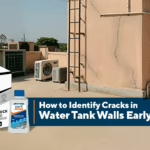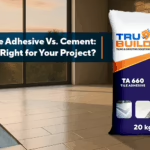Flat Roof Waterproofing in 2025: What You Need to Know
Aug 19, 2025
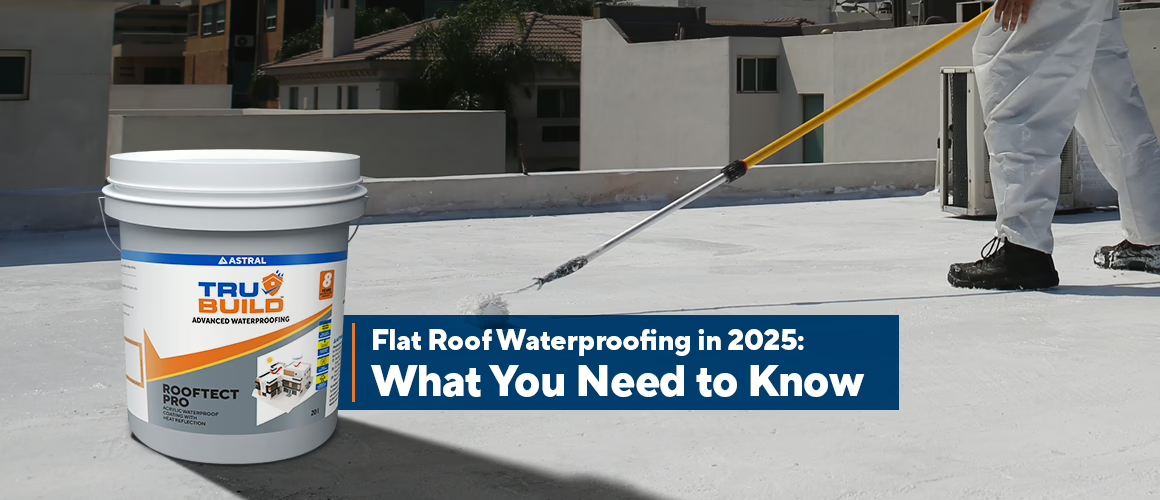
That sinking feeling when you spot water stains spreading across your ceiling during the first monsoon shower. The panic when you realise your waterproof roof isn’t quite as waterproof as you thought. If you own a flat roof, this nightmare scenario might feel all too familiar.
Flat roofs present unique challenges that traditional sloped roofs simply don’t face. Water pools instead of running off, creating pressure points that can breach even the best barriers. The good news? Flat roof waterproofing technology has advanced significantly in 2025, offering homeowners more reliable, durable solutions than ever before.
Whether you’re dealing with persistent leaks, planning new construction or simply want to stay ahead of potential problems, this guide will show you exactly what you need to know about modern roof waterproofing solutions and how to protect your investment for years to come.
What Makes Flat Roof Waterproofing Different from Regular Roofs?
Flat roof waterproofing requires completely different approaches compared to sloped roofs because water behaves differently on horizontal surfaces. Unlike pitched roofs, where gravity quickly moves water away, flat roofs must handle standing water, ponding and hydrostatic pressure.
The key challenge lies in creating a completely impermeable barrier. Even tiny gaps or weak points can lead to catastrophic leaks because water has time to find and exploit every vulnerability. This is why traditional roof waterproofing methods often fail on flat surfaces.
Modern flat roof waterproofing systems must provide:
- Complete water impermeability under hydrostatic pressure
- Flexibility to handle thermal expansion and contraction
- UV resistance for exposed horizontal surfaces
- Durability against ponding water and freeze-thaw cycles
- Easy maintenance access for regular inspections
Why Do Traditional Waterproof Roof Methods Fail on Flat Surfaces?
Most homeowners make the mistake of treating flat roofs like sloped roofs, leading to expensive failures. Here’s why conventional approaches do not work:
1. Inadequate Drainage Design
Many flat roofs are not truly flat but have subtle slopes directing water to drains. When these drainage systems fail or become blocked, water pools in areas not designed for standing water, overwhelming basic waterproof roof coatings.
2. Thermal Stress
Flat roofs experience extreme temperature fluctuations throughout the day. Traditional rigid coatings crack under this stress, creating entry points for water. Without proper flexibility, even the best waterproof roof coating becomes compromised within months.
3. UV Degradation
Horizontal surfaces receive more intense UV exposure than vertical walls or sloped roofs. Standard roof waterproofing solutions break down quickly under this constant assault, losing their protective properties.
4. Mechanical Damage
Flat roofs often serve as platforms for HVAC equipment, solar panels or foot traffic. Traditional coatings are not designed to handle this abuse, leading to punctures and tears.
This is why modern flat roof waterproofing requires specialised systems designed specifically for horizontal applications.
What Are the Latest Flat Roof Waterproofing Technologies in 2025?
The waterproofing industry has revolutionised flat roof protection with advanced materials and application methods:
1. Single-Component Liquid Membranes
Revolutionary liquid-applied systems like Trubuild TRU PU create seamless, rubber-like barriers that conform perfectly to any surface irregularity. These roof waterproofing solutions offer exceptional crack-bridging capacity up to 2mm, handling structural movement without compromising the seal.
2. Heat-Reflective Hybrid Coatings
Advanced formulations like Trubuild Rooftect Advanced combine waterproofing with heat reflection, reducing surface temperatures by up to 10°C. This dual functionality addresses both water protection and energy efficiency concerns.
3. Pressure-Resistant Membranes
New-generation products like Trubuild Aqualock Flexi withstand positive hydrostatic pressure up to 5 bar, making them ideal for areas prone to water accumulation or basement applications.
4. Self-Healing Technologies
Some modern waterproof roof coatings incorporate self-healing properties that automatically seal minor punctures and hairline cracks, extending service life significantly.
How to Choose the Right Waterproof Roof Coating for Your Flat Roof?
Selecting appropriate roof waterproofing solutions depends on several critical factors:
1. Climate Considerations
In India’s diverse climate zones, products must handle extreme temperature variations, heavy monsoon rainfall and intense UV exposure. Polyurethane-based systems like TRU PU excel in these conditions due to their flexibility and oxidation resistance.
2. Substrate Type
Different base materials require specific adhesion properties. Concrete surfaces need products with excellent bonding capacity, while metal roofs require flexible systems that accommodate thermal expansion.
3. Traffic Requirements
If your flat roof experiences foot traffic or equipment loads, choose waterproof roof coatings with enhanced durability and puncture resistance.
4. Budget vs. Performance
While premium systems cost more initially, they often provide better long-term value through extended service life and reduced maintenance requirements.
5. Application Method
Consider whether you prefer brush-applied liquids for detailed work or spray-applied systems for large areas.
How to Apply Modern Flat Roof Waterproofing?
Proper application is crucial for flat roof waterproofing success. Here’s the professional process:
Step 1: Surface Preparation
Clean the roof thoroughly, removing all dirt, debris, oil and loose materials. Repair any cracks or damaged areas using appropriate crack fillers. Ensure the surface moisture content is below 5% before proceeding.
Step 2: Primer Application
Apply a compatible primer like Trubuild Primesure EPMI to enhance adhesion. Coverage typically ranges from 80-100 square feet per litre, depending on substrate porosity.
Step 3: Main Coating Application
Apply the waterproof roof coating in thin, even layers using a brush, roller or spray equipment. For liquid membranes, maintain wet film thickness between 0.5-0.6mm per coat to prevent sagging or poor curing.
Step 4: Multiple Coat System
Apply subsequent coats perpendicular to previous layers, allowing proper curing time between applications. Most roof waterproofing solutions require a minimum of two coats for optimal protection.
Step 5: Quality Control
Conduct visual inspections and, if required, flood testing after full curing to verify system integrity.
What Are the Common Mistakes in Flat Roof Waterproofing?
Avoid these costly errors that compromise even the best waterproof roof systems:
1. Rushing Surface Preparation
Inadequate cleaning or moisture levels above 5% prevent proper adhesion, leading to premature failure.
2. Ignoring Weather Conditions
Applying roof waterproofing solutions during humid or cold conditions affects curing and final properties.
3. Inadequate Film Thickness
Applying coats too thin reduces protection, while excessive thickness can cause cracking or poor adhesion.
4. Skipping Primer
Many failures occur because primers are omitted to save time or cost, resulting in poor adhesion to the substrate.
5. Poor Detail Work
Failing to properly seal penetrations, drains and perimeter details creates weak points where leaks inevitably develop.
How Long Do Modern Flat Roof Waterproofing Systems Last?
Modern flat roof waterproofing systems typically last between 20 and 30 years, depending on the material, quality of installation, and ongoing maintenance. Single-ply PVC and TPO membranes generally offer 20–30 years of protection. Bituminous or felt membranes may last 10–20 years but are more prone to weather-related deterioration.
High-quality installation and regular maintenance are crucial to maximising lifespan, especially in harsh climates. Premium products or multi-layer systems can push durability even further.
Why Choose a Professional Application for Flat Roof Waterproofing?
While some homeowners attempt DIY flat roof waterproofing, a professional application offers significant advantages:
1. Technical Expertise
Professionals understand substrate preparation, product compatibility and application techniques that ensure optimal performance.
2. Proper Equipment
Commercial-grade mixing, application and testing equipment produce superior results compared to basic tools.
3. Warranty Protection
Professional installations typically include comprehensive warranties covering both materials and workmanship.
4. Safety Compliance
Trained applicators follow safety protocols and understand building codes, reducing liability risks.
5. Quality Assurance
Professionals conduct proper testing and quality control measures throughout the process.
Protect Your Roof with Astral Trubuild’s Roof Waterproofing Solutions
Do not let flat roof challenges compromise your property’s protection. Astral Trubuild offers comprehensive waterproof roof systems specifically engineered for Indian climate conditions.
Choose Trubuild Rooftect Pro and Rooftect Advanced for superior roof waterproofing because both deliver robust, long-lasting protection. Rooftect Pro offers high strength, flexibility and superior weather resistance, forming a seamless, durable film that also reduces surface temperature up to 10°C, making it ideal for extreme conditions.
Rooftect Advanced uses a PU-acrylate hybrid technology, ensuring excellent water and heat barrier properties, superior crack-bridging, UV resistance and a 7-year performance warranty. Both systems are easy to apply, bond well to various surfaces and minimise the risk of leaks, bubbles or de-bonding, keeping structures safe even in harsh climates. Also, for roof maintenance, read our blog on Tips for Maintenance to Keep Your Roof Looking New.
Ready to secure your flat roof against water damage? Explore our complete range of roof waterproofing solutions or connect with our technical experts for personalised recommendations.


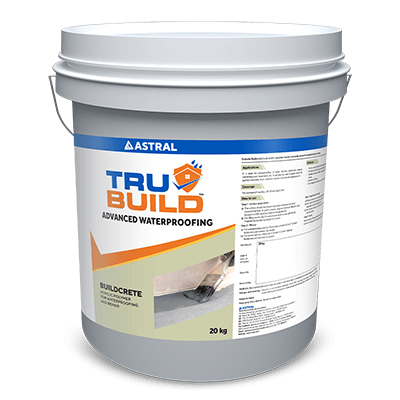
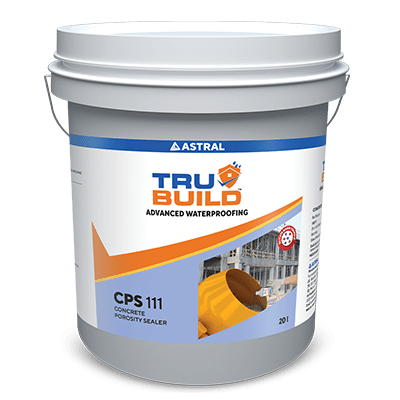
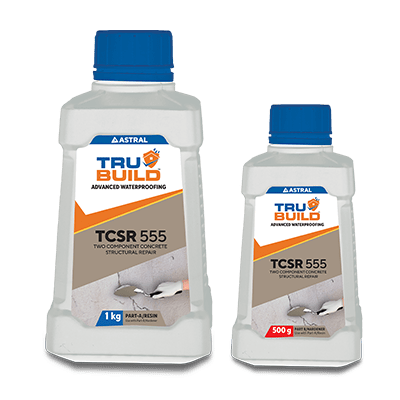
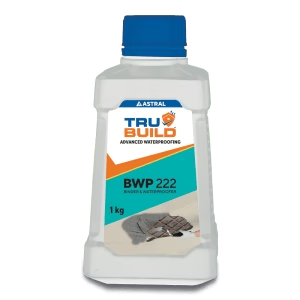
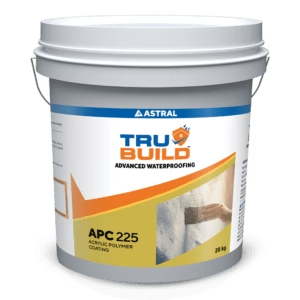
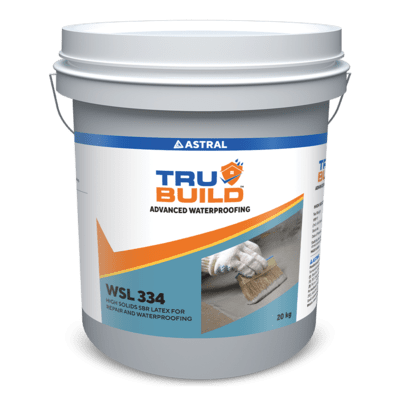
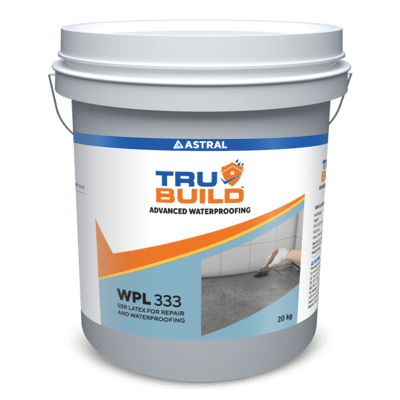
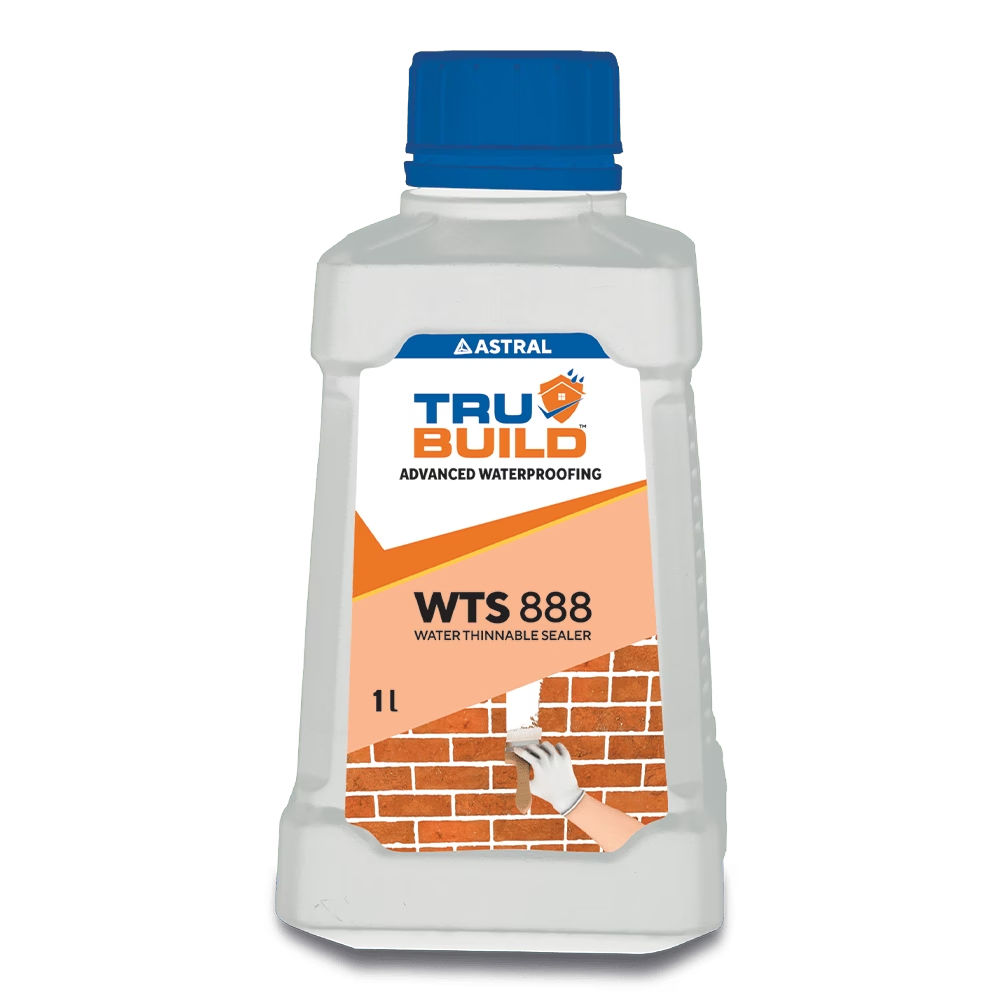
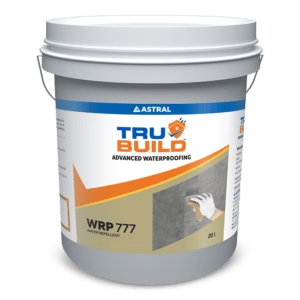
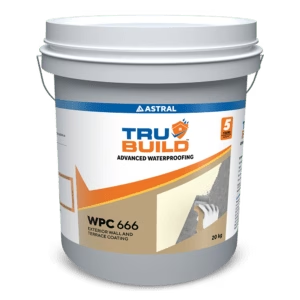
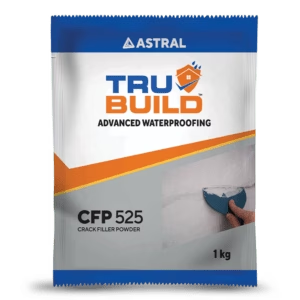
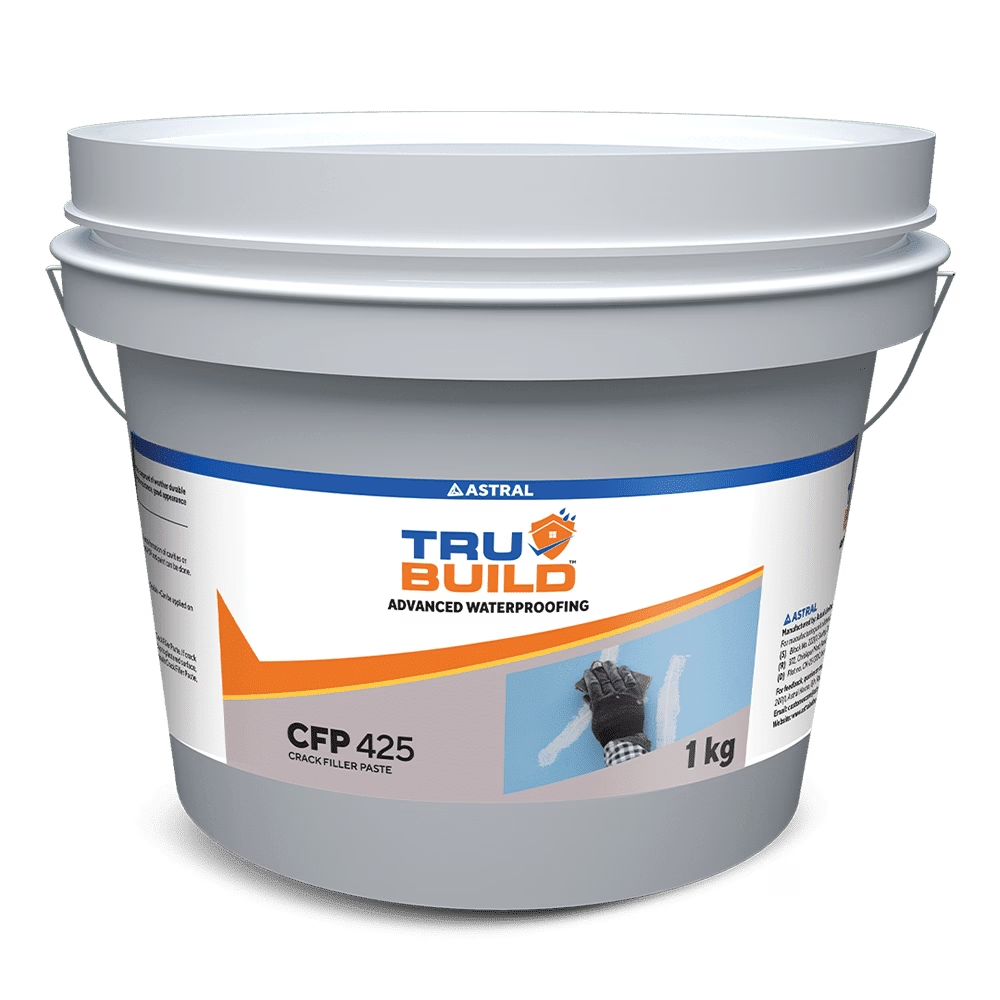
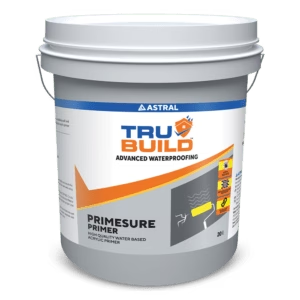
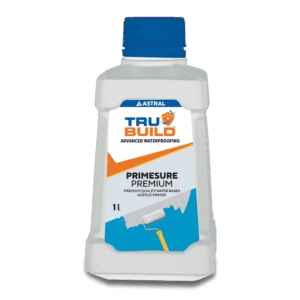
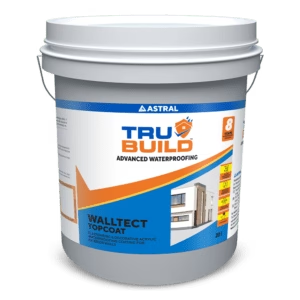
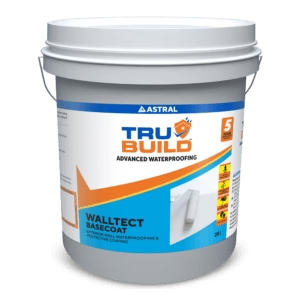
 Professional Sealants
Professional Sealants 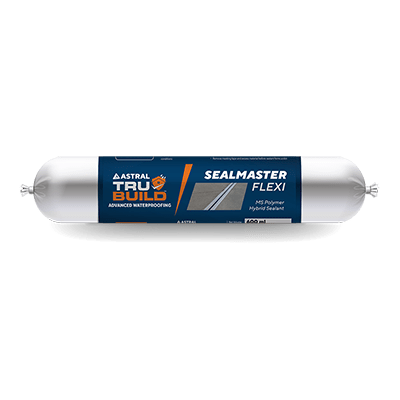
 Roof Waterproofing
Roof Waterproofing 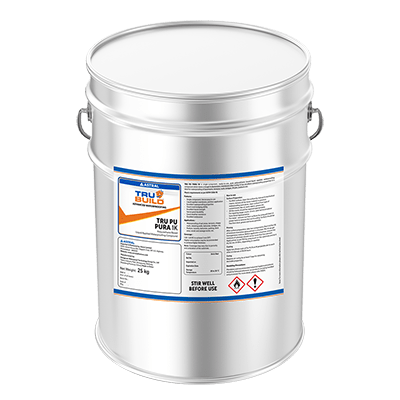
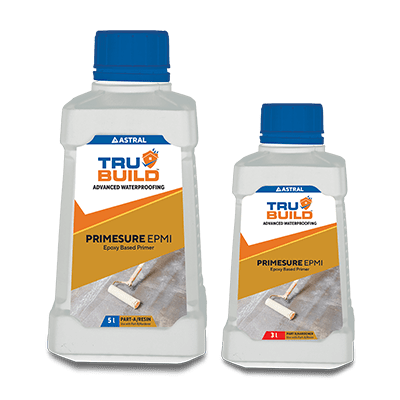
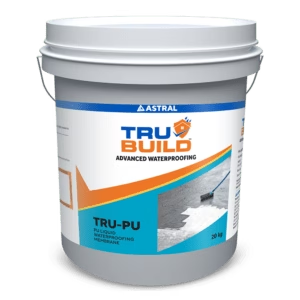


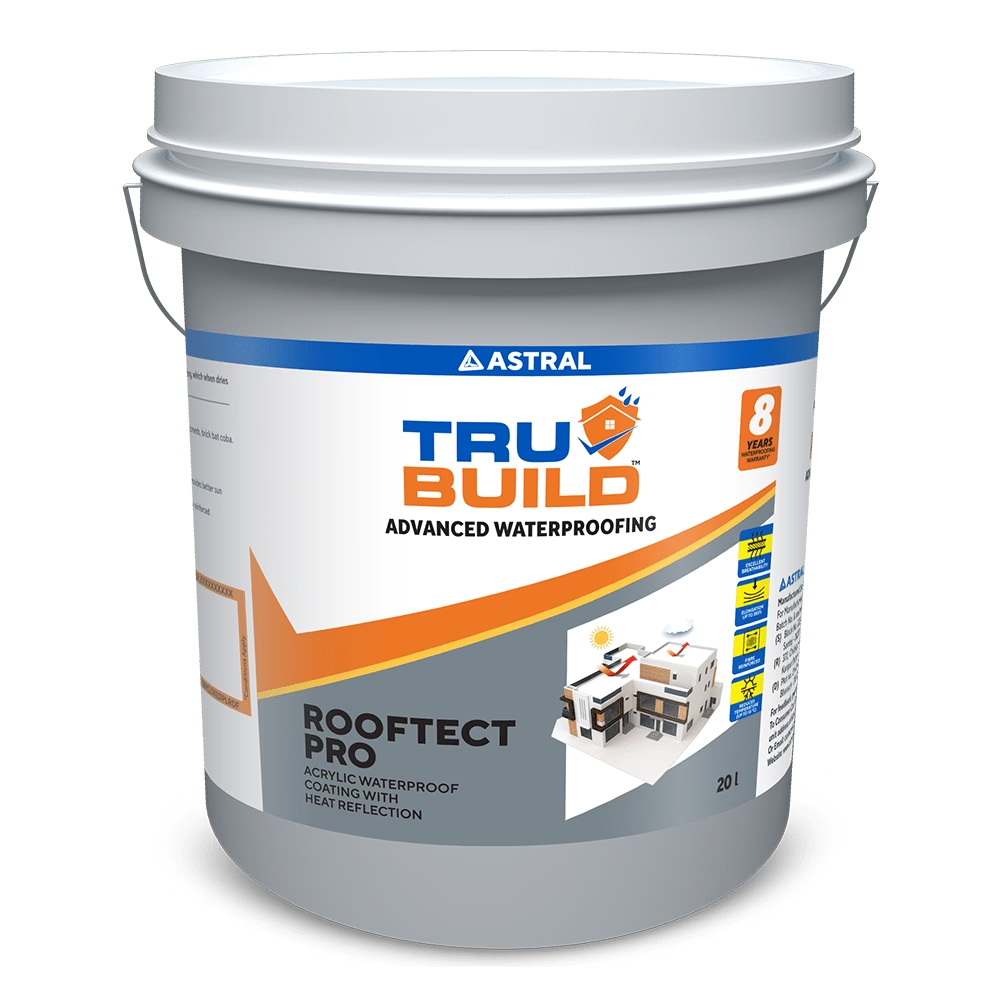
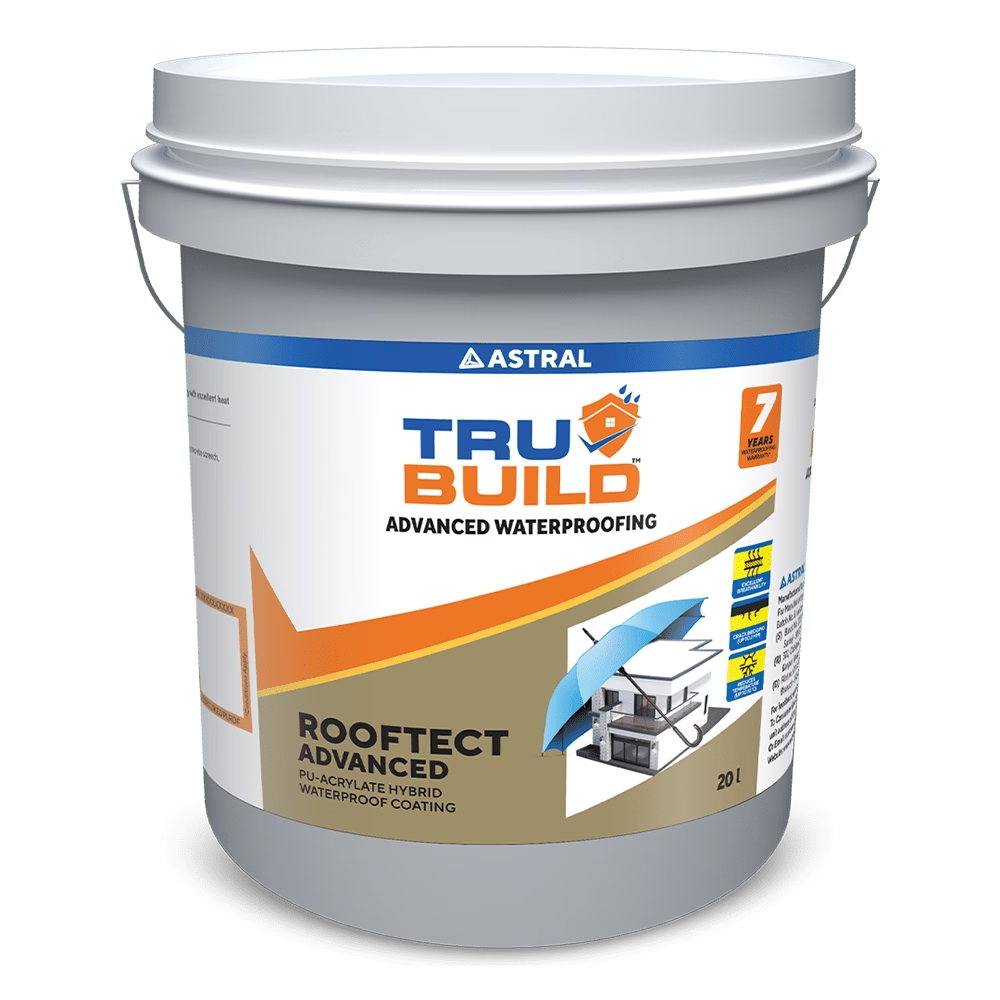
 Substructure Waterproofing
Substructure Waterproofing  Tiling and Grouting
Tiling and Grouting 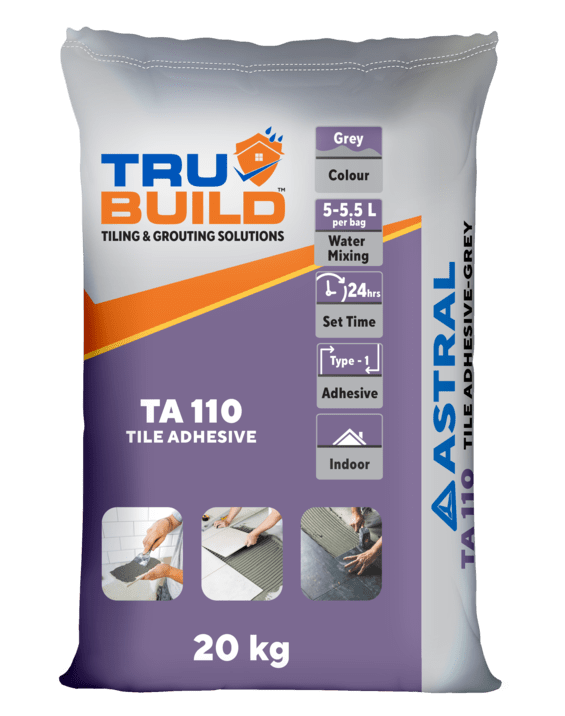
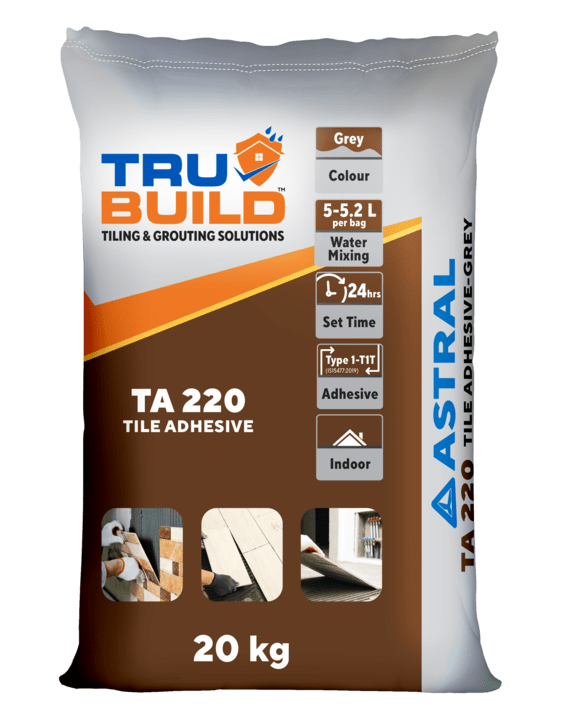

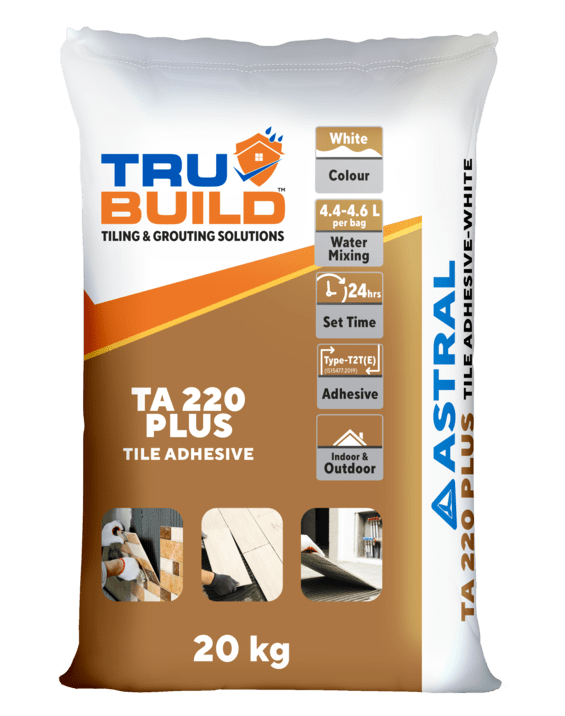
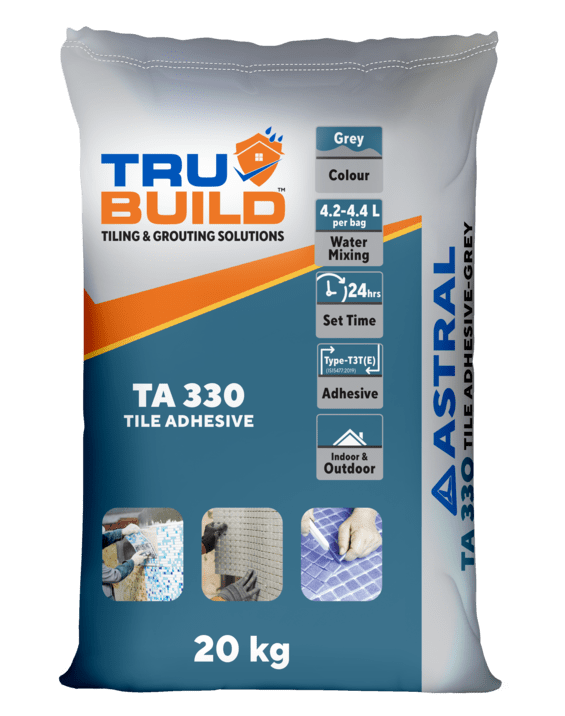
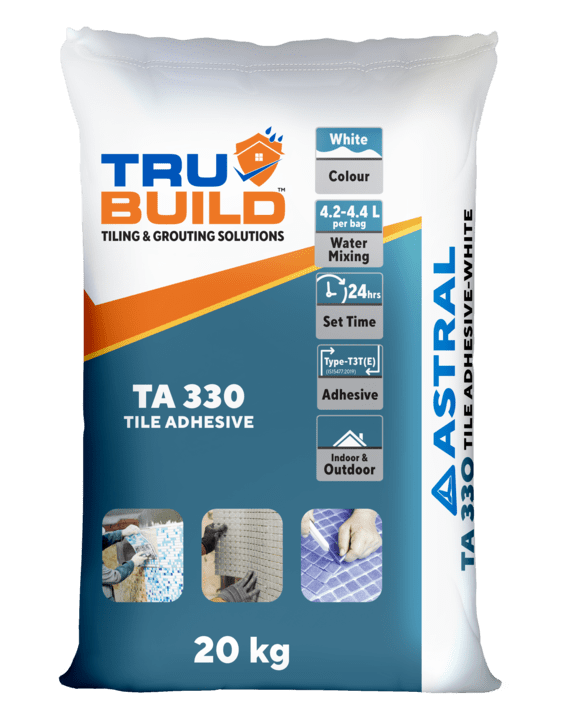
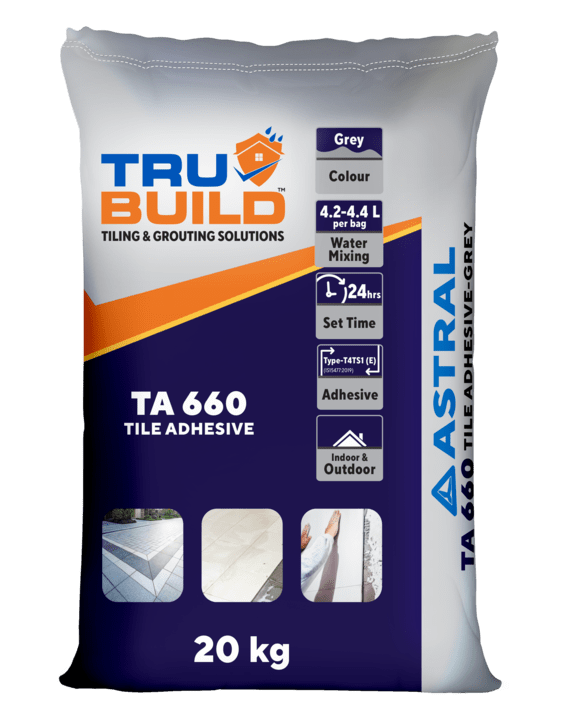
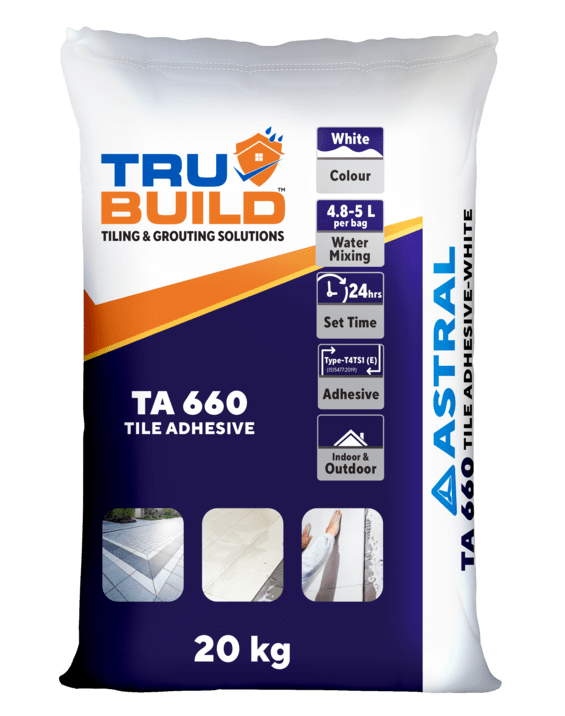
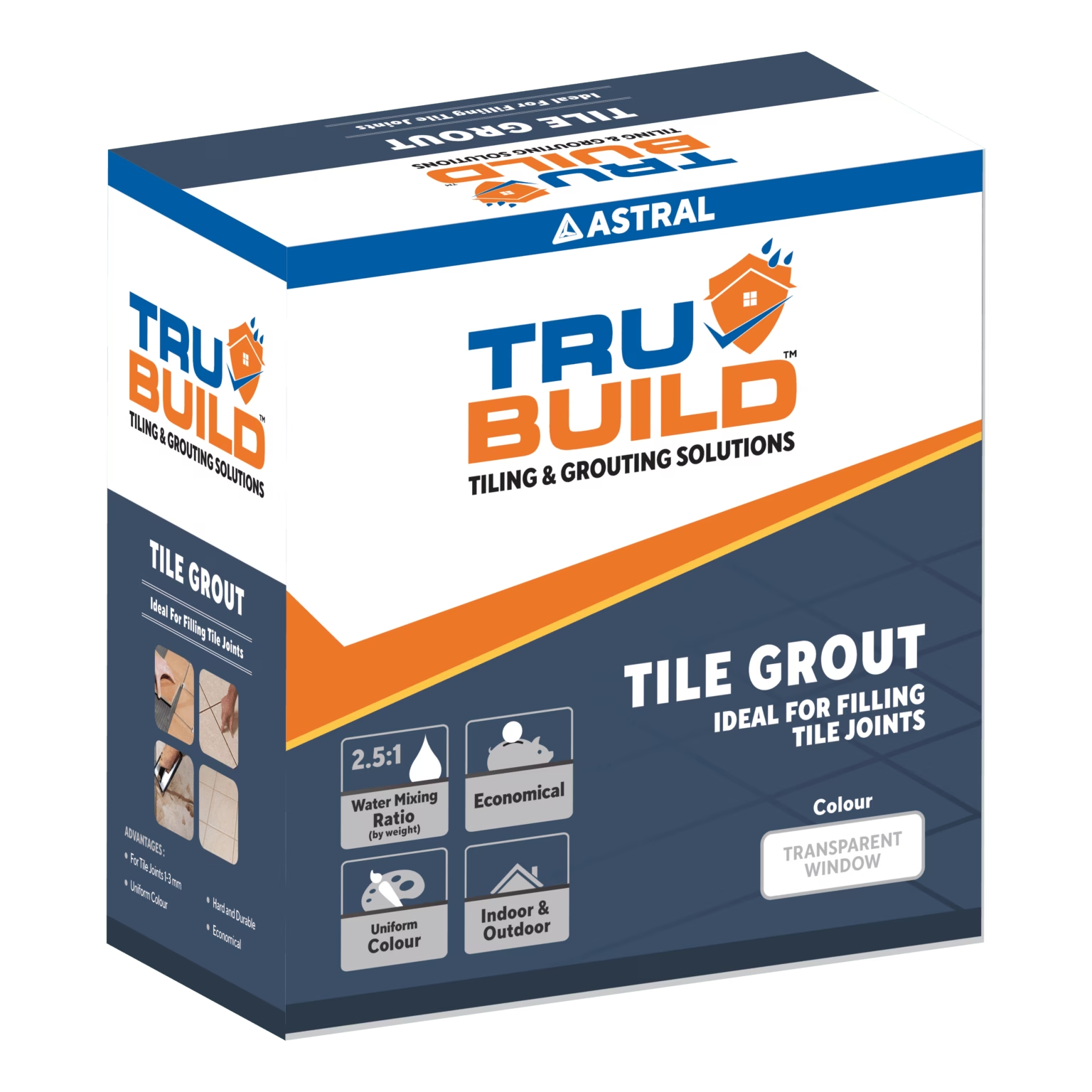
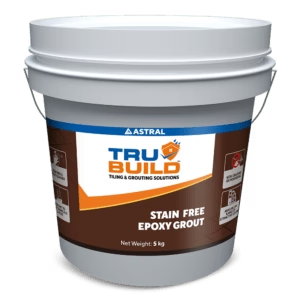
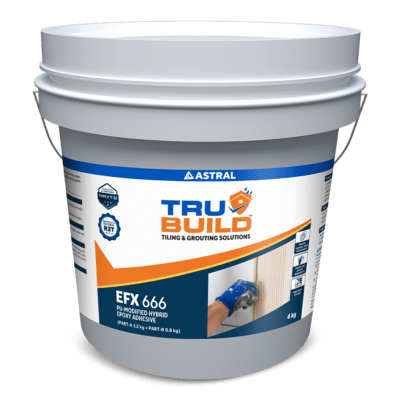
 Water Tanks and Other Areas
Water Tanks and Other Areas 